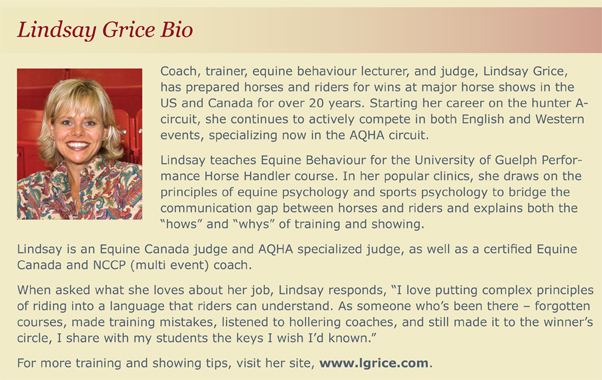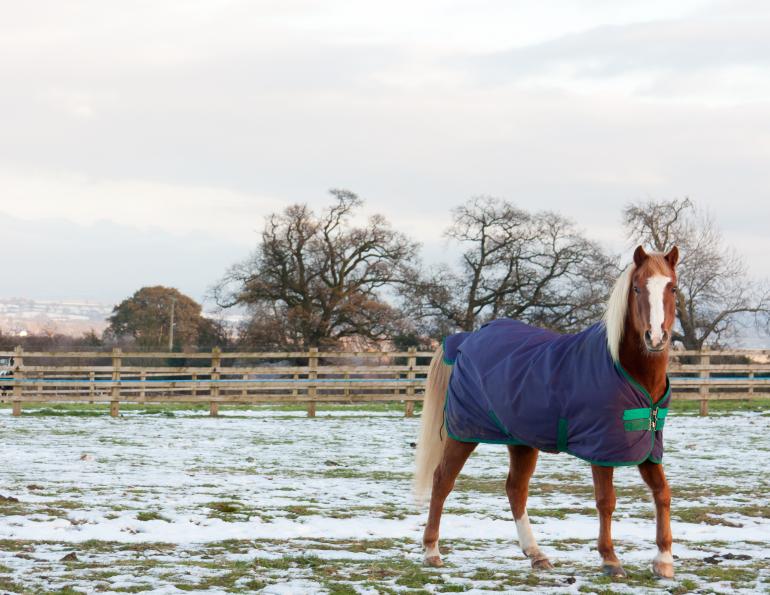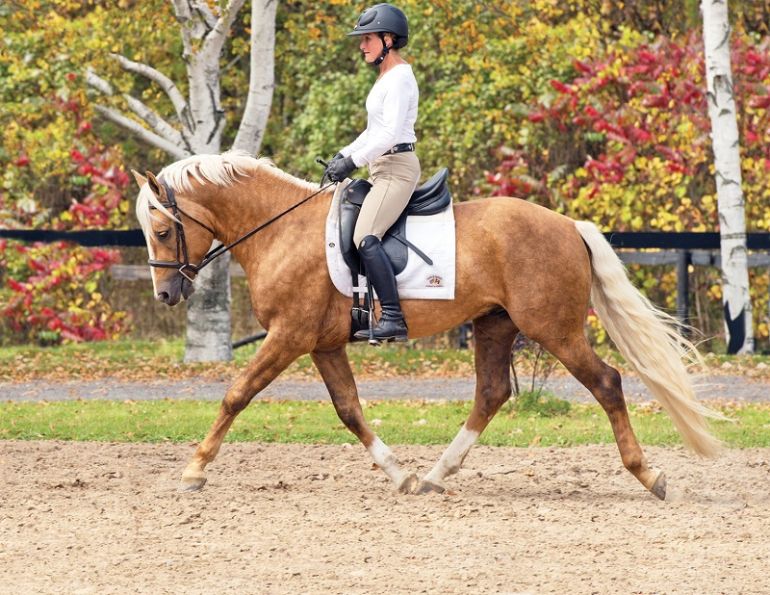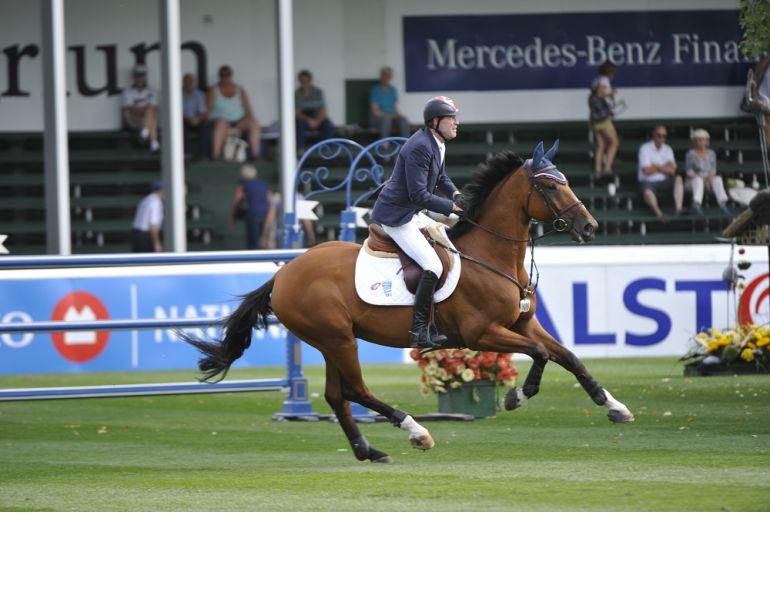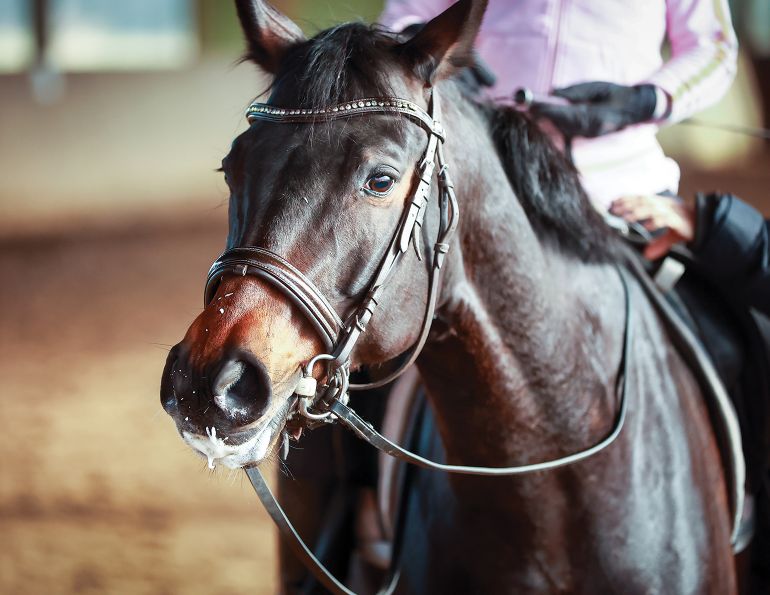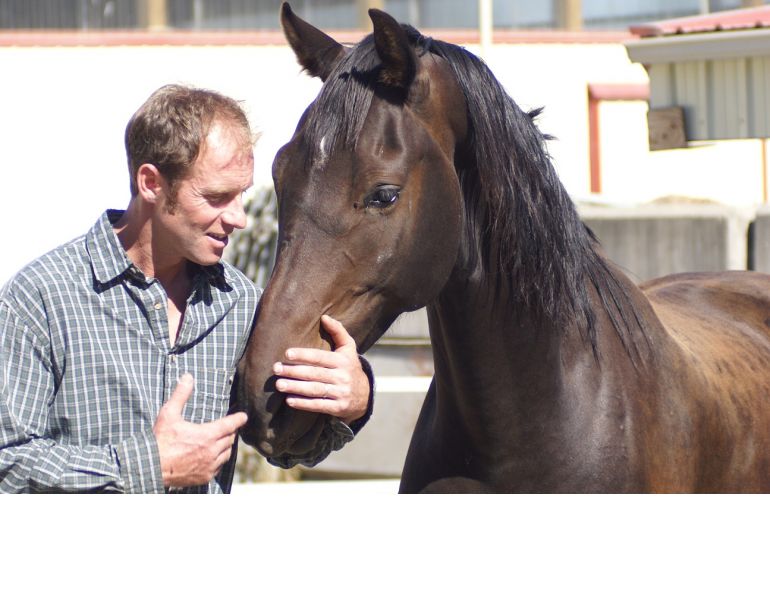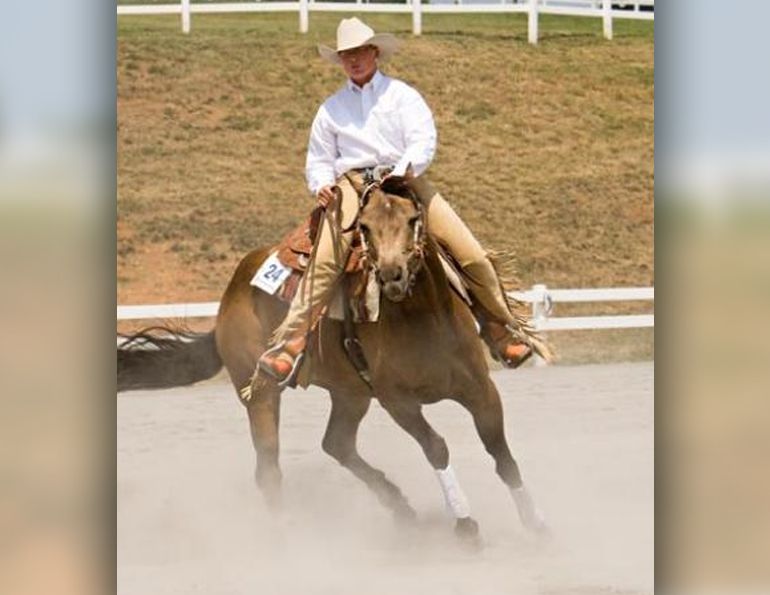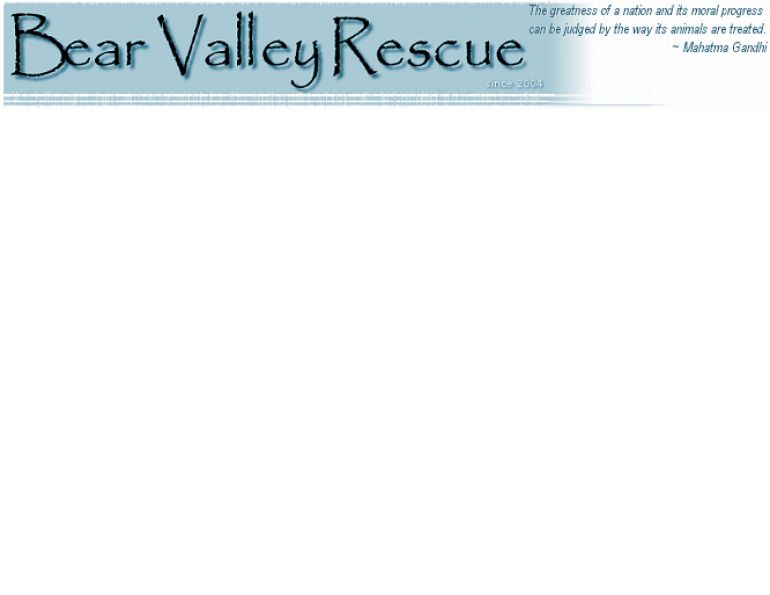By Lindsay Grice
Q In judging English or Western equitation, on a circle or curve, what is preferred: the rider looking straight ahead between the horse’s ears, or looking across to the opposite side of the circle?
A Most judges would tell you they prefer to see a rider look where they are going in a businesslike, unpretentious manner. I think a rider can communicate confidence with her eyes in any class and, of course, pilot her horse much more effectively. I was always told, as a young rider to look “ahead” but was never quite sure where ahead was. I tell my students that their eyes should shift between three different pictures as they ride.
The Big Picture
Using his peripheral vision a rider can take in a lot of the activity around him. Where is the next marker after this circle so that I can exit my circle on a straight line? Where are the judges sitting so that I don’t run them over? How can I cut this corner to avoid the horse having a blow up in front of me? Using “big eyes” to take in the whole scene will not only keep you out of trouble, but projects an air of professionalism as well.
Narrowing the Focus
A rider must decide exactly which path she wants her horse to travel. A distance that works for me is about thirty feet or ten metres. I pick a dot that distance in front of my horse and expect his feet to travel through that dot. In this way I can ride circular circles and straight lines. I also find it a real help in rating my pace. Where you look is where you’ll go. Your body will automatically follow your eyes.
Zeroing In
In my opinion it is okay to look down at your horse’s body from time to time. Yes, much of good riding involves feeling your horse’s rhythm, straightness and frame, but your eyes can help identify a bulging shoulder or an elevating head before you might feel it. Obviously leads and diagonals must be identified by feel but your eyes can pick up a signal or expression from your horse before it develops into a spook.
Main article photo: Robin Duncan Photography - It is okay to look down at your horse’s body from time to time, but most of the time you should be looking where you want to go, and using your peripheral vision to take in the activity around you.



